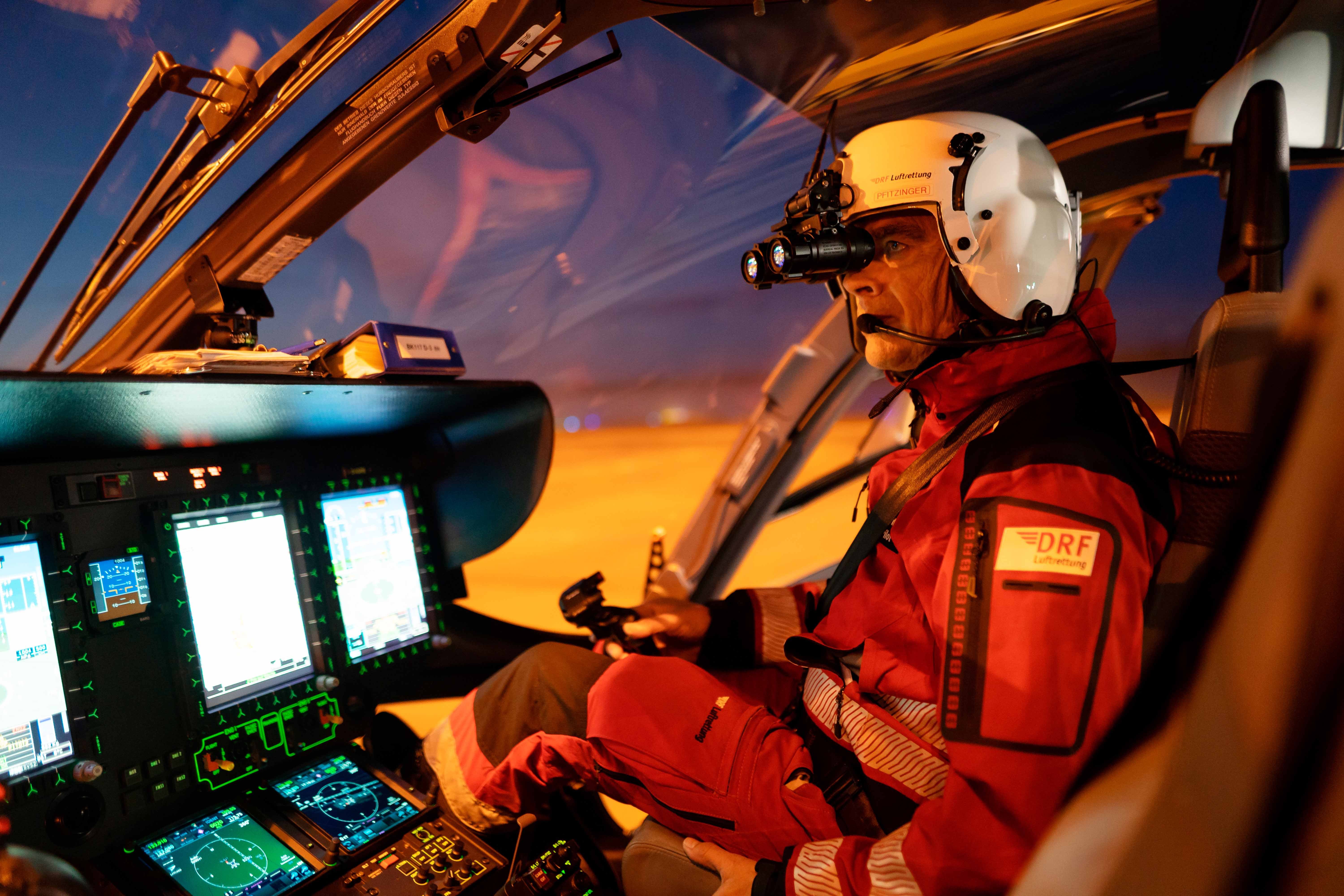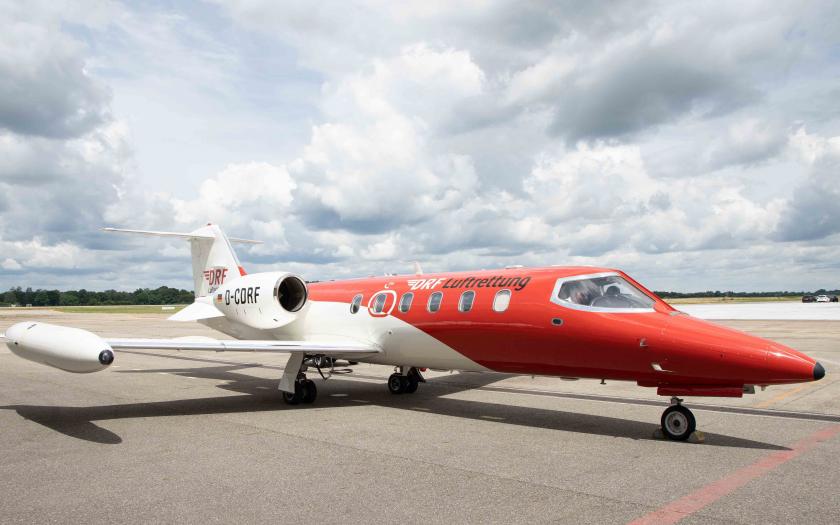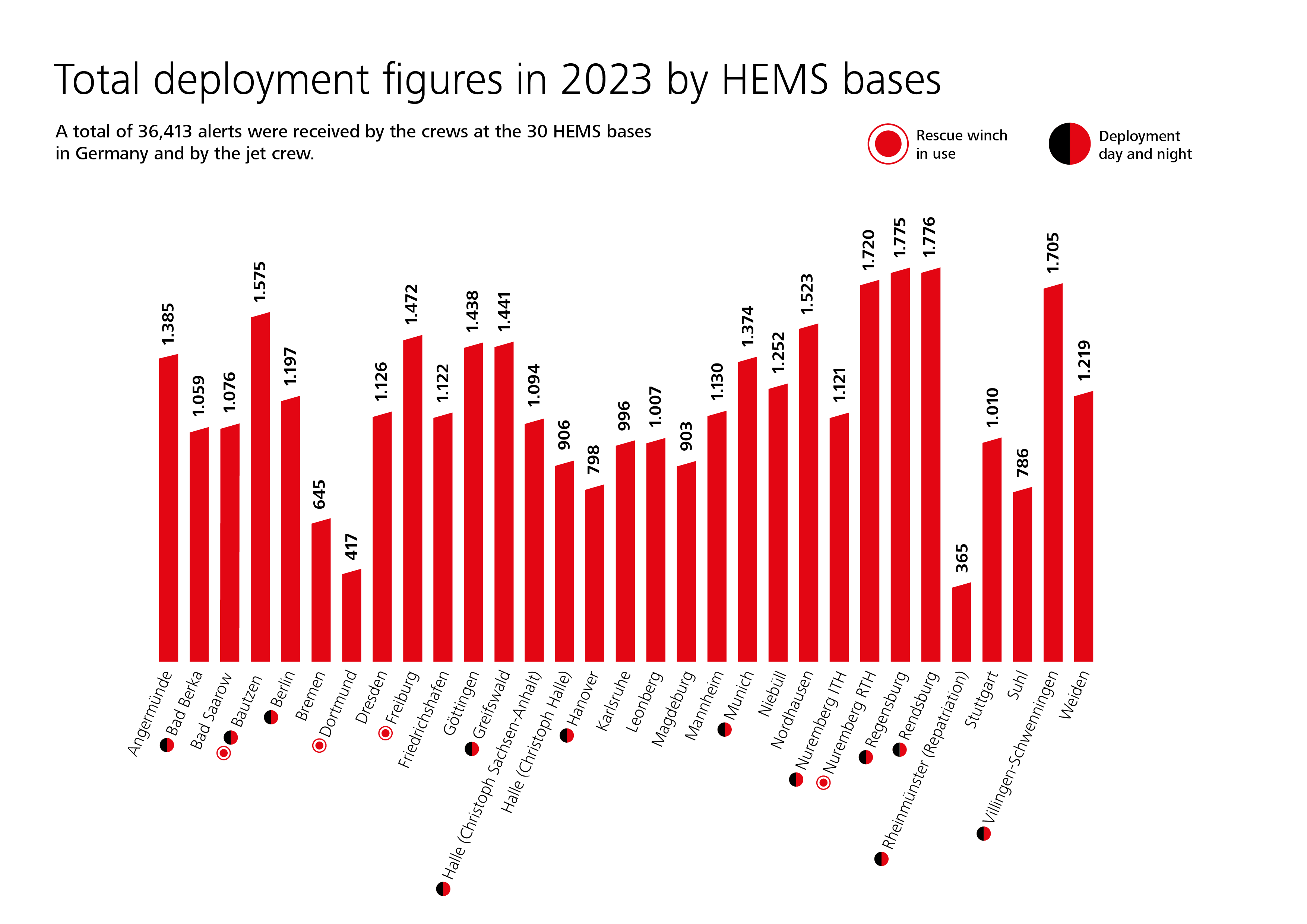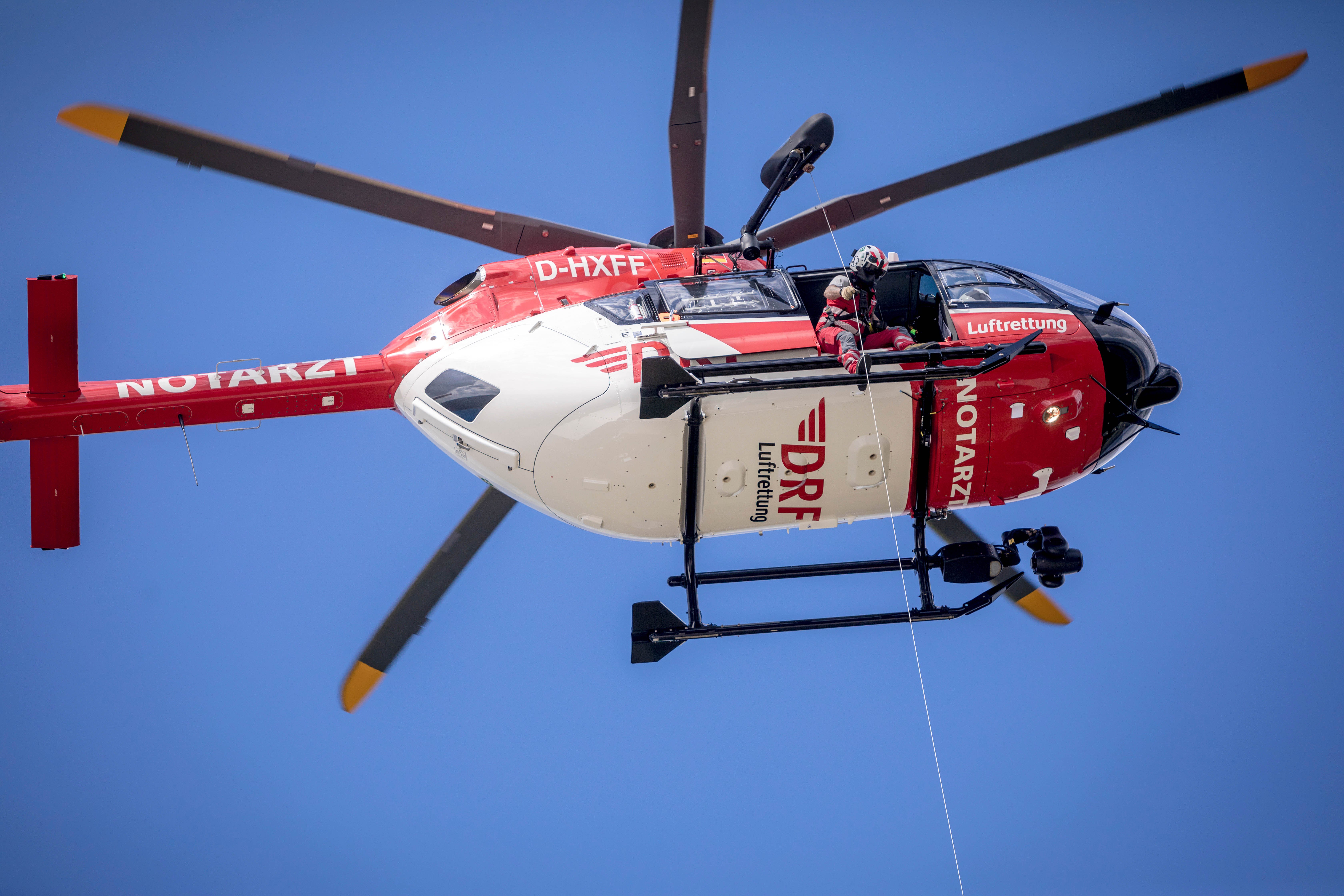Annual mission statistics of DRF Luftrettung

Only 16 of Germany's 82 air rescue HEMS bases are operational around the clock. DRF Luftrettung is calling for a significant increase in the number of HEMS bases that are operational in the dark and at night. (Source: DRF Luftrettung)
Rapid assistance for more than 36,000 patients
In 2023, numerous patients benefited from rapid rescue from the air: DRF Luftrettung helicopters and aircraft were alerted a total of 36,413 times to provide seriously ill or injured people with highly professional medical assistance as quickly as possible.
Last year, DRF Luftrettung helicopters were called out on 28,191 emergency missions and 7,857 intensive care transports. The crews of the two ambulance aircraft carried out 365 repatriations. At the HEMS bases in Germany, the picture for emergency missions is largely comparable to previous years: The crews were most frequently called out to patients with cardiovascular diseases such as heart attacks or strokes, as well as to accidents and falls. The four HEMS bases equipped with a rescue hoist used it 131 times to quickly provide emergency medical care to patients and fly them out, even in terrain that is difficult to access. ‘Our employees, from emergency physicians, paramedics and technicians to staff in the Operation Center and administration, once again showed outstanding commitment far beyond the normal level in 2023,’ explains Dr Krystian Pracz, CEO of DRF Luftrettung.
Worldwide repatriations with air ambulances: 34 countries – 1,125,236 km
The air ambulance division of DRF Luftrettung also shows a remarkable statistic: the crews of the two DRF Luftrettung air ambulance aircraft carried out 305 repatriations to transport injured or ill people safely and gently to their home countries. Last year, the Learjet crews flew to 34 countries covering a total distance of 1,125,236 kilometres. The longest mission, covering around 20,214 kilometres, was a repatriation from Cape Town to Germany to transport a person with serious head injuries home safely.
Improving quality of medical care for patients
The structural changes in the healthcare system in Germany pose completely new challenges for the emergency services. The changes to the medical landscape caused by the closure of specialised departments and hospitals, the lack of specialist medical staff and fewer doctors in rural areas are leading to poorer care for patients. This is why DRF Luftrettung is proposing important steps such as the expansion of 24-hour HEMS bases, improved coordination of rescue missions, the introduction of the PinS (Point in Space) procedure in Germany and the expansion of hoist rescue. Dr Krystian Pracz: ‘We must, we want to and we can improve the quality of care by making better use of the available resources – both technically and in terms of the available personnel – at a low financial cost as a first step. After all, the overall view of our system is that every moment counts! This applies to the actual emergency. And it also applies to the urgently needed changes in the rescue service. We must now remove the bureaucratic obstacles and think and act holistically in order to ensure the best possible medical care.



